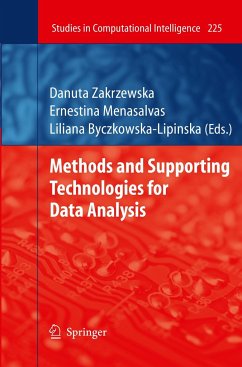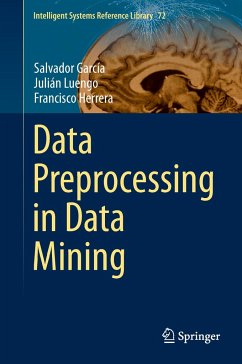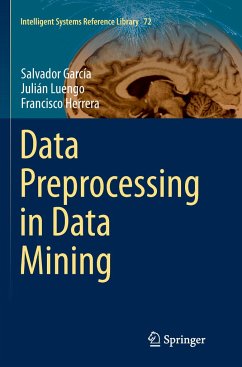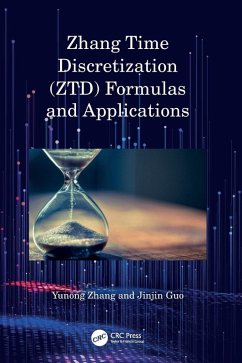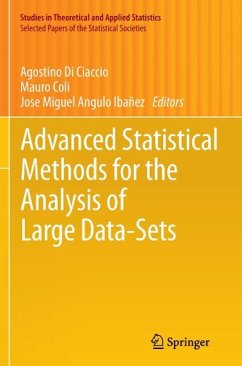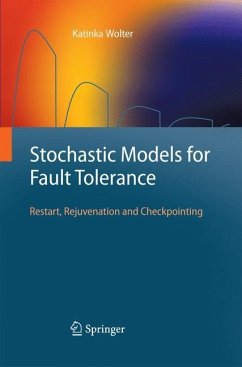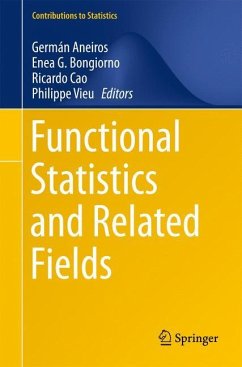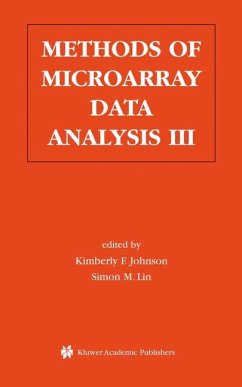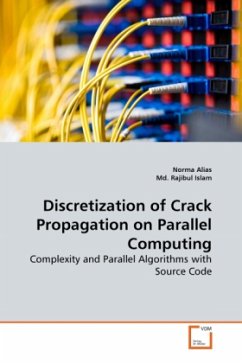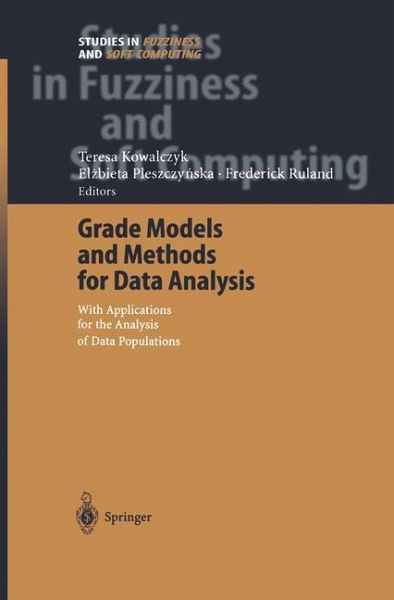
Grade Models and Methods for Data Analysis
With Applications for the Analysis of Data Populations
Herausgegeben: Kowalczyk, Teresa; Pleszczynska, Elzbieta; Ruland, Frederick

PAYBACK Punkte
77 °P sammeln!
This book provides a new grade methodology for intelligent data analysis. It introduces a specific infrastructure of concepts needed to describe data analysis models and methods. This monograph is the only book presently available covering both the theory and application of grade data analysis and therefore aiming both at researchers, students, as well as applied practitioners. The text is richly illustrated through examples and case studies and includes a short introduction to software implementing grade methods, which can be downloaded from the editors.






